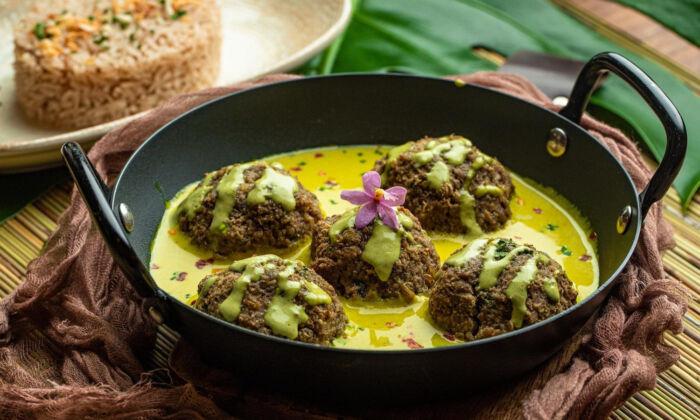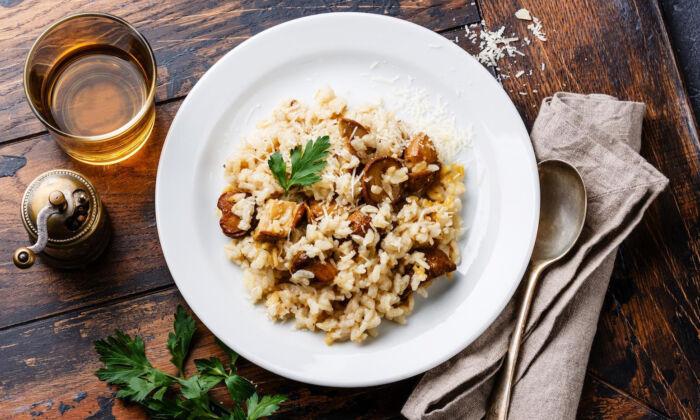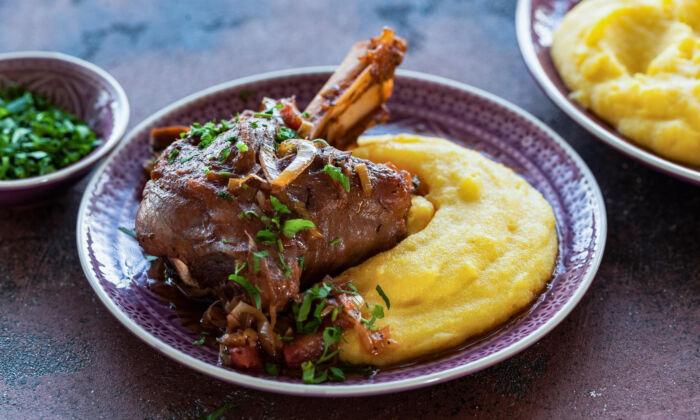In the lead-up to Easter, you have likely crossed your fair share of hot cross buns. For those unfamiliar with this Good Friday treat, traditional hot cross buns are filled with spices and fruits, both candied and plain, and topped with an iced or incised cross. But where was this tradition born?
Food historians argue the small loaves are in the tradition of ancient Greek spring festival cakes. Across Europe in the early Common Era, pagans hosted springtime festivals celebrating fertility and birth. Tiny cakes were customary throughout those celebrations too. Some of the cakes, historians believe, were even marked with a cross.
However, the first recorded instance of a spiced bun topped with a cross in observance of Good Friday, according to FoodTimeline, was in the 1733 “Poor Robin’s Almanack.”
Sans-cross, Good Friday spiced buns were incredibly popular during the Tudor period in England (1485 to 1603). In 1592, Queen Elizabeth I of England declared that spiced buns only be sold for Good Friday, Christmas and burials. Buns for all other private ceremonies and celebrations were to be baked at home and any doughy contraband donated to the poor.
Not only revered for their religiosity, spiced buns were also said to hold healing and protective powers. People, believing they never molded, hung them from the ceiling throughout the year to ward off evil spirits. Sailors even grated the loaf and added it to water to form a medicine.
Remember to whip this factoid out at your small Easter gathering, along with the reason why dye Easter eggs and other fun holiday food mysteries.
By Bianca Sanchez© 2020 Tribune Publishing; Distributed by Tribune Content Agency, LLC





